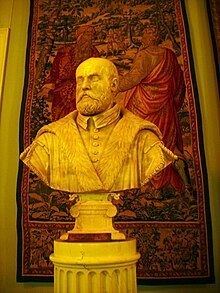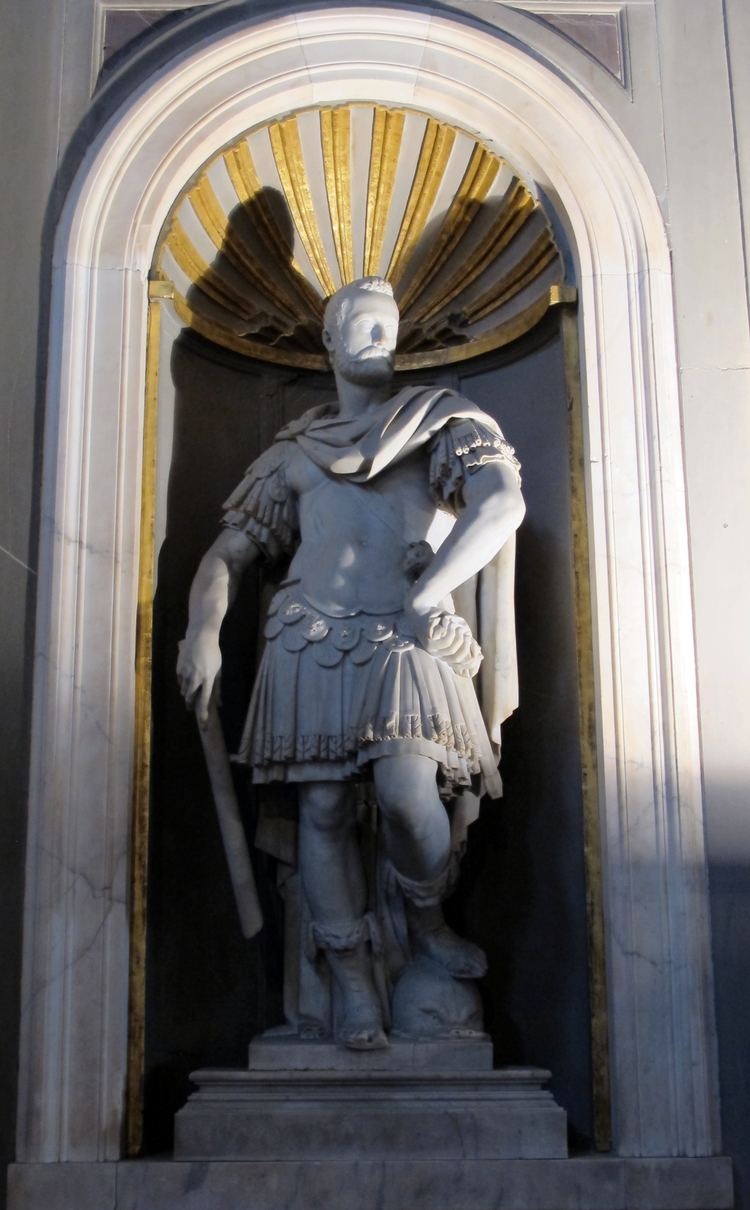Name Giovanni Caccini | Died 1613, Rome, Italy | |
 | ||
How to pronounce Giovanni Battista Caccini (Italian/Italy) - PronounceNames.com
Giovanni Battista Caccini or Giovan Battista Caccini (24 October 1556 — 13 March 1613) was an Italian sculptor from Florence, who worked in a classicising style in the later phase of Mannerism.
Contents
- How to pronounce Giovanni Battista Caccini ItalianItaly PronounceNamescom
- Life
- Selected works
- References

Life

Giovanni Battista Caccini was born at Montopoli in Val d'Arno between Florence and Pisa; his training was with the sculptor-architect Giovanni Antonio Dosio, known for his accurate drawings of Roman antiquities, and Caccini's numerous interpretive restorations of Roman sculptural fragments gave him the reputation of being a knowledgeable antiquarian, while the inescapable influence of Giambologna and his circle can be seen in Caccini's bronze statuettes. Caccini was in close cooperation with Pietro Tacca and the rest of Giambologna's pupils in the prolonged cooperation over the bronze doors for Pisa Cathedral.
Fragmentary antiquities were not to the sixteenth-century collectors' taste. Caccini produced a head for an antique torso, and a further, crouching figure to produce the Bacchus and Ampelos in the Uffizi, which was once attributed to Michelangelo. He restored a fragmentary Apollo Sauroctonos as an Apollo with the Lyre (Uffizi). He could also improvise on antique themes: the biographer of artists Rafaello Borghini reported in 1730 that "In truth he was highly skilled in diligently putting together pieces, and counterfeiting, the Antique."
His garden sculptures produced the bold silhouettes and copious attributes that the genre requires. As an architect, his one notable work is the portico of the Santissima Annunziata, Florence (1601).
Caccini died in Rome in 1613.
